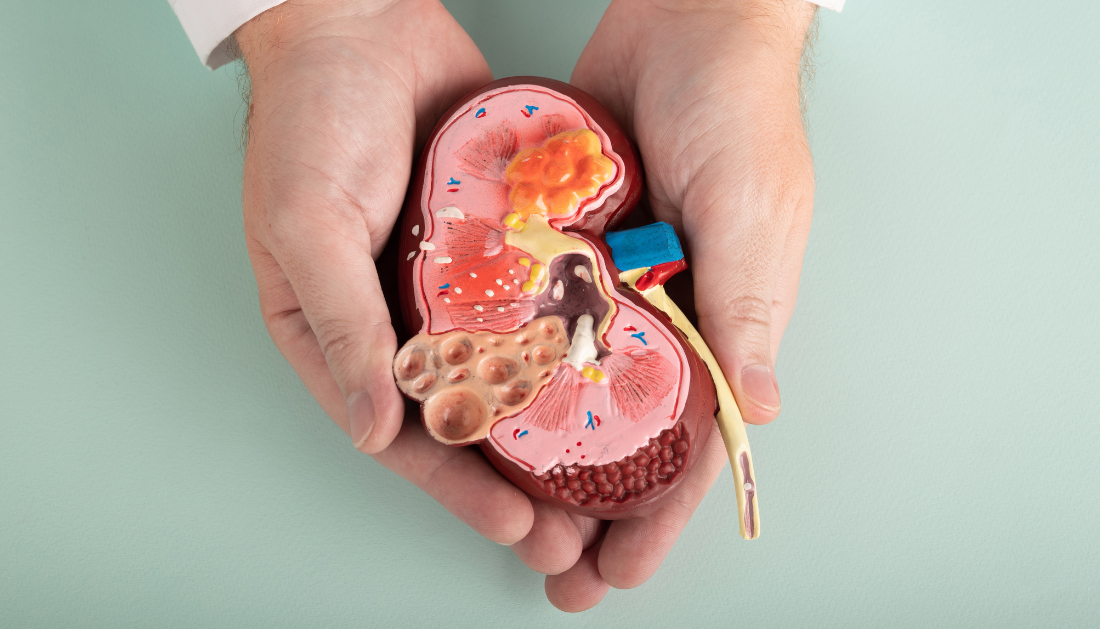

CKD Risk from Ultra-Processed Foods
The risk of Chronic Kidney Disease (CKD) is evaluated concerning the intake of ultra-processed foods (UPF) in a new study that was published in the journal Frontiers in Nutrition.
Why does CKD occur?
Between 8 and 16 percent of people worldwide suffer from CKD, with an estimated 15 percent of adults in the US having the disease. Few studies have examined the effects of food processing on the incidence of chronic kidney disease (CKD), despite correlations between the risk of CKD and the consumption of specific foods, nutrients, and dietary patterns being documented by epidemiological studies.
Significant correlations have been found in the past between high UPF consumption and increased risks of several non-communicable diseases. However, only a small number of epidemiological studies have looked at the connection between UPF consumption and the risk of CKD and produced reliable findings.
Concerning the study
Researchers thoroughly examined the relationships between UPF consumption and the risk of CKD in the current investigation. The databases PubMed, Web of Science, Embase, China National Knowledge Infrastructure (CNKI), and Scopus were combed for pertinent research, and references from a few chosen papers were examined to find more research.
Studies that used the NOVA classification system, assessed correlations between UPF consumption and CKD risks and provided relative risks (RRs), odds ratios (ORs), and hazard ratios (HRs) were chosen from observational studies involving persons 18 years of age and older. Full texts were examined after titles and abstracts were filtered.
Extracted information included study design and region, CKD cases, publication year, sample size, length of follow-up, evaluation techniques, and risk assessments. An albumin-to-creatinine ratio higher than 30 mg/g, an estimated glomerular filtration rate of 60 ml/min/1.73 m2 or fewer, or a clinical diagnosis of CKD were considered indicators of incident CKD. The Newcastle-Ottawa Assessment was used to assess the studies’ quality.
The evidence was assessed for believability using the NutriGrade technique. While ORs were transformed into RRs, HRs were considered to be about equivalent to RRs.
The RRs for the highest and lowest UPF intake categories in connection to the risk of CKD were summarized to conduct a meta-analysis. Heterogeneity was measured using Cochran’s Q test and the I-squared statistic.
If the heterogeneity was high, RRs were pooled using the DerSimonnian and Laird random-effects models; if not, fixed-effect models were employed. A dose-response meta-analysis was conducted to calculate RRs for every 10% increase in energy intake from UPF. Furthermore, the researchers conducted subgroup and sensitivity analyses
Study results
905 records were found through database searches; 426 of those were kept after being excluded and deduplicated. 394 more studies were removed due to title/abstract screening.
After full-text reviews, eight research totaling more than 500,000 participants were chosen. Six of the investigations were cohort studies, and two were cross-sectional.
Every study that was reviewed was carried out in the United States, Spain, Korea, China, Netherlands, and the United Kingdom, and all of them were published after 2021. The follow-up periods varied from 3.6 to 24 years.
Food-frequency questionnaires (FFQs), interviews, and 24-hour dietary recall were some of the nutritional evaluation techniques used. One study was of medium quality, while the other seven were of high quality.
Comparing the highest UPF intake category to the lowest, there was an 18% increase in the risk of CKD. The evaluated papers showed moderate heterogeneity, which made the implementation of a fixed-effects model necessary.
There is a clear correlation between UPF consumption and the risk of CKD. A 7% increased incidence of chronic kidney disease (CKD) was linked to every 10% increase in UPF energy use. The evidence’s moderate believability was suggested by the NutriGrade grade.
There were clear significant relationships between each grouping. With reduced variation, a subgroup analysis based on cohort studies replicated the positive correlation between UPF consumption and the risk of CKD.
There was no indication of heterogeneity, and the positive connection held across trials with sample sizes larger than 5,000. Sensitivity analysis further supported the study’s findings’ robustness.
In conclusion
The results of the study show a statistically significant increase in the risk of CKD with increasing UPF use. The moderate heterogeneity may be explained by variations in sample numbers, UPF intake assessment techniques, and research designs.
The majority of studies used FFQs, which increased the risk of misclassification bias and an over- or underestimation of UPF intake. Moreover, food processing degree and intent were not specifically captured in FFQs.
Six out of the eight studies that were examined were carried out in Western populations, which is significant because it limits the generalizability of the study findings.
For more information: Ultra-processed food consumption and chronic kidney disease risk: a systematic review and dose-response meta-analysis, Frontiers in Nutrition, doi:10.3389/fnut.2024.1359229
more recommended stories
 T-bet and the Genetic Control of Memory B Cell Differentiation
T-bet and the Genetic Control of Memory B Cell DifferentiationIn a major advancement in immunology,.
 Ultra-Processed Foods May Harm Brain Health in Children
Ultra-Processed Foods May Harm Brain Health in ChildrenUltra-Processed Foods Linked to Cognitive and.
 Parkinson’s Disease Care Advances with Weekly Injectable
Parkinson’s Disease Care Advances with Weekly InjectableA new weekly injectable formulation of.
 Brain’s Biological Age Emerges as Key Health Risk Indicator
Brain’s Biological Age Emerges as Key Health Risk IndicatorClinical Significance of Brain Age in.
 Children’s Health in the United States is Declining!
Children’s Health in the United States is Declining!Summary: A comprehensive analysis of U.S..
 Autoimmune Disorders: ADA2 as a Therapeutic Target
Autoimmune Disorders: ADA2 as a Therapeutic TargetAdenosine deaminase 2 (ADA2) has emerged.
 Is Prediabetes Reversible through Exercise?
Is Prediabetes Reversible through Exercise?150 Minutes of Weekly Exercise May.
 New Blood Cancer Model Unveils Drug Resistance
New Blood Cancer Model Unveils Drug ResistanceNew Lab Model Reveals Gene Mutation.
 Healthy Habits Slash Diverticulitis Risk in Half: Clinical Insights
Healthy Habits Slash Diverticulitis Risk in Half: Clinical InsightsHealthy Habits Slash Diverticulitis Risk in.
 Caffeine and SIDS: A New Prevention Theory
Caffeine and SIDS: A New Prevention TheoryFor the first time in decades,.

Leave a Comment